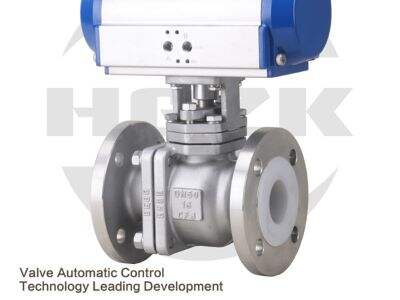Pneumatic Valves and Stainless Steel
Stainless steel is sturdy enough for pneumatic valves. This metal is prized for its durability and will not rust, making it a suitable metal for many applications.
One significant benefit of stainless steel is strength. Stainless steel valves are good for those tough applications as they can withstand high pressure and hot temperature.
Another nice thing about stainless steel is that it doesn’t corrode readily. That is, these valves are long lasting and require little in the way of maintenance.
Draughts However, there are some disadvantages to the use of stainless steel. It is heavier than other materials, like aluminum or plastic, which can make it more difficult to get it installed and moved.
By and large, stainless steel is a robust and durable material for Pneumatic Valves; yet depending on the application, its weight and cost can be an issue.
Aluminum in Pneumatic Valves
Aluminum is an additional metal that pneumatic valves are constructed from. It is lighter than stainless steel and is sometimes cheaper, this makes it in demand.
One of the basic pros of aluminum railing is that it's lightweight and easy to handle. That makes it an ideal choice for a variety of projects.
And aluminum is easier to produce, which keeps costs down and makes it more accessible to more people.
But aluminum is not as sturdy as stainless steel. That means it probably isn't the best option for high pressure or heat.
To sum up, aluminum is a lightweight and economical material for pneumatic valve types, although it may not be as durable as required for all the applications.
Brass in Pneumatic Valves
Brass is an alloy and used in pneumatic valves. That is strong, doesn’t readily rust and can be made in a variety of shapes.
One of the biggest advantage of brass is its resistance to rust; these valves could be durable for a long time.
Brass is malleable and can be formed into a variety of different valve configurations to cater for particular requirements.
But brass is generally more expensive than aluminum or plastic. That can make it more difficult for some people to purchase these valves.
In general, brass is a powerful and configurable choice when it comes to pneumatic valves, though it may not be the most economical one.
Plastic in Pneumatic Valves
Some pneumatic valves are made of plastic, which is a light yet inexpensive material. It strikes a decent balance between cost and performance for some uses.
It is also extremely lightweight, which makes it easy to install and to relocate.
Plastic is a also cheaper alternative, which can save you manufacturing cost so that they can be offered to more people.
Plastic valves aren’t as durable or heat-resistant as metals such as stainless steel or brass, though. That suggests they might not function in high-pressure or high-temperature environments.
In summary, plastic is an inexpensive and lightweight material to use for pneumatic valves, but it is not always the best choice for durability and heat resistance.


































